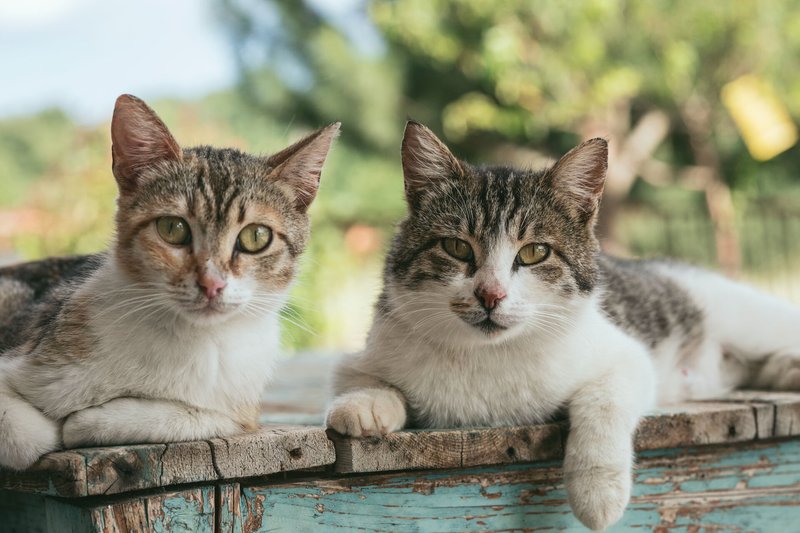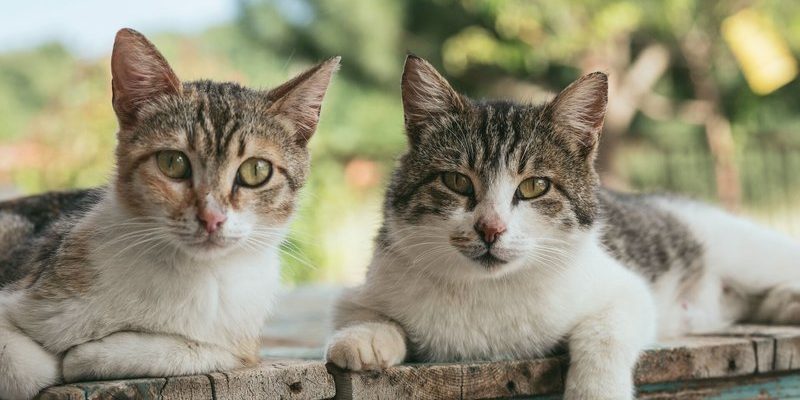
Think of your cat as a character in a quirky sitcom. They have their own personalities, quirks, and ways of interacting with the world. And just like in any good show, the dynamics between characters can make a big difference. So, let’s dive into this intriguing world of feline emotions and find out if cats really do feel lonely, especially in multi-cat households.
Understanding Cat Social Behavior
Cats are generally thought of as solitary hunters, but they can be quite social, too. If we observe them closely, we’ll notice that they have their own ways of bonding. For a cat, socializing isn’t like throwing a party; it’s subtler, like curling up next to a close friend on the couch.
In fact, cats communicate through a variety of signals. Body language is a big one—like when they slowly blink at you or knead with their paws. These are signs of trust and affection. They also meow primarily to communicate with humans, which shows they’ve adapted to our social cues. So, when you’re away, your cat might be missing those little moments of connection.
Another important aspect is their territory. Cats are territorial animals, but they don’t always want to be alone. In the wild, they establish social structures, often living in groups, especially where resources are plentiful. This means that, while they can be fine solo, they can also thrive in a multi-cat environment, provided their social needs are met.
Signs Your Cat Might Be Lonely
So, how can you tell if your cat is feeling lonely? Cats, like people, have their own unique ways of expressing emotions. Look for these signs:
- Increased Vocalization: If your cat is suddenly more chatty than usual, it might be trying to get your attention.
- Seeking Extra Affection: Does your cat follow you around or demand more petting than normal? They could be craving companionship.
- Destructive Behavior: Boredom can lead to mischief! If your cat is knocking things off counters or scratching furniture, they might be trying to get noticed.
- Withdrawal: On the flip side, if your usually friendly cat becomes more reclusive, it could be a sign of loneliness.
It’s important to pay attention to these behaviors. Cats are experts at hiding their feelings, but changes in their behavior can speak volumes. When they feel lonely, they might not be vocal about it like a dog would, but they’ll definitely show their feelings in other ways.
The Benefits of Having Multiple Cats
You might be wondering if getting another cat will help your lonely feline feel more connected. The answer is, it definitely can! Cats can bond with each other just like we do, and having a buddy can alleviate some of that lonely feeling.
Here are some benefits of a multi-cat household:
- Companionship: Cats can keep each other company while you’re away, lessening their feelings of isolation.
- Playtime: Two cats can engage in playful behavior that keeps them mentally stimulated. It’s like having a built-in playmate for those spontaneous wrestling matches!
- Natural Behavior: They can communicate and express natural behaviors with each other, like grooming and cuddling.
Of course, introducing a new cat should be done carefully. Think of it as blending two different groups of friends; you want to make sure they’ll get along. Start by keeping them separated and gradually introduce them to each other, allowing each feline to adjust to the new presence.
Managing Multi-Cat Households
Having multiple cats can be fulfilling, but it also requires some management to ensure everyone gets along. Here are some tips to create a harmonious living environment:
- Space is Key: Make sure you have enough resources—like litter boxes, food bowls, and resting spots—to avoid competition.
- Observe Behavior: Watch for signs of discomfort or aggression. A hiss or a swat can be normal as they adjust, but persistent fighting is a red flag.
- Interactive Play: Engage individually with each cat to ensure they all get attention and stimulation. Playtime with you or with each other can work wonders!
In a multi-cat household, creating a positive environment where each cat feels secure is crucial. When the social needs of your cats are met, they can thrive together, making for a happier, more dynamic home.
When to Seek Help
Even with the best intentions, sometimes cat relationships don’t go as planned. If you notice ongoing issues, such as constant fighting, hiding, or stress-related behaviors, it might be time to reach out for professional advice.
Veterinarians or animal behaviorists can offer insights tailored to your specific situation. They can help assess whether the environment is truly conducive to a peaceful multi-cat household or if any underlying issues need to be addressed. It’s always better to seek help sooner rather than later—your cats deserve a happy home, after all!
Understanding whether cats get lonely and how to meet their social needs is essential for any cat owner. While they have a reputation for being independent, they also value companionship, whether from humans or fellow felines.
If you’re considering adding another furry friend to your household, just remember to create a welcoming environment. With a little care, consideration, and observation, you can ensure that your cats are happy, fulfilled, and, most importantly, not lonely. After all, our furry companions deserve to enjoy life just as much as we do!

